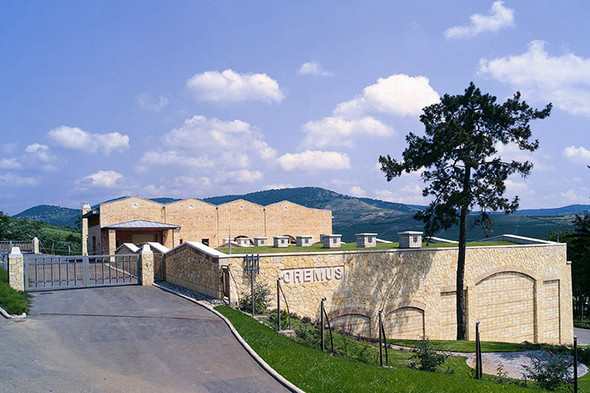The estate, established 23 years ago, has played a major role in the region right from the start; indeed, it was the first of the ‘major players’ to recognise the significance of narrowing down its range. Moreover, its ownership enables it to enhance Tokaj’s reputation, including that of Tolcsva too, in numerous countries around the world.

In Tokaj, in the wake of the phylloxera catastrophe, nationalisation was then the biggest blow, when estate structures that had been developed over centuries were dismantled and viticulture practices were also fundamentally altered. At that time, not only estates of 80-150 hectares in the hands of the aristocracy ceased to exist but also those 3-15-hectare vineyards owned by the bourgeoisie. In the pursuit of mechanisation and increased quantities, production was forced down from the good locations to the foot of the hills, thus eliminating precisely what made this region great: the unique characteristics of its vineyard tracts. In the course of the mass production under communism, varieties which also served this type of production were also selected, meaning that those clones yielding true quality only managed to survive in some secluded corners of forgotten vineyards.
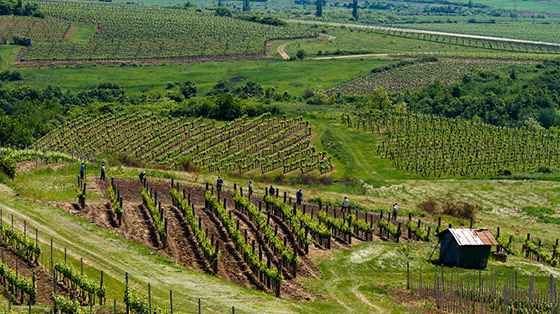
Oremus was founded in this environment in 1993. The investor was the Alvarez family which also owns the world-famous Spanish Vega Sicilia estate. They finally bought 115 hectares in the wine region, scattered across 13 different vineyards. The goal right from the beginning, as well as to achieve the highest possible quality, was to bottle a large enough quantity to make their mark on the world market. Both the estate management and winemaking questions were entrusted to András Bacsó, who has been the Oremus estate manager ever since.
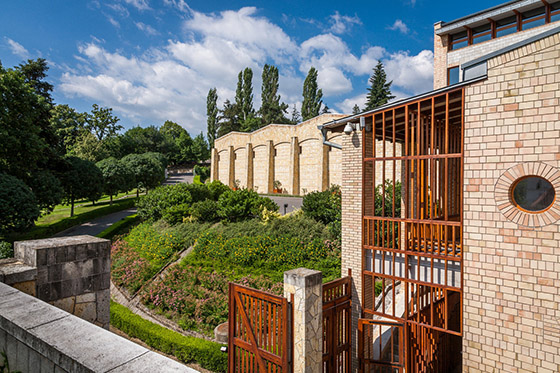
When in 1993, in addition to the land, the investor also came by an old multi-level cellar, they found some barrels of wine which had been stored there since the seventies. The cellar is also currently being expanded, and having tasted all the wines, they bottled any of merit, so bottles from the best vintages right up to that of 1972 are tucked away in a side branch. This is important in many ways. Under the previous regime, people had literally forgotten the potential of Tokaj. Very few reference bottles have remained from prior to the Second World War. Some of those, however, mainly because of the loss of its market following the First World War and the resulting amount of unsold wine that accumulated, ended up being fortified, that means raising the level of alcohol to increase their shelf life. The mass production of the following period was also not conducive to high-quality wines, so in the years following the regime change, those who wanted to improve quality were faced with the problem that they didn’t really know what Tokaj wine was. There was a gap of a generation and with this, centuries-old knowledge was almost completely forgotten.
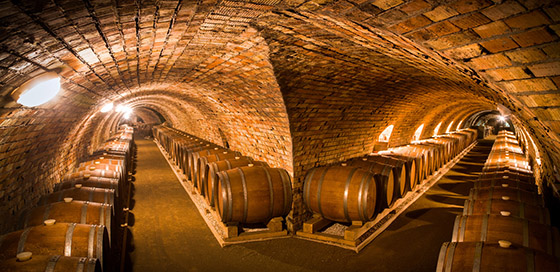
In light of the above, it is hardly surprising that Oremus, in addition to its investments, has spent much of its time over the last 18 years engaged in research. It had to rediscover outstanding vineyards which had been left to go fallow or had accidently remained, research (still very much an ongoing process) the old, loose-bunched, small-berried grape variants and coax the fruity flavours in Aszú out from behind the oxidation masking everything, as well as revive the concept of dry wine in Tokaj. Meanwhile, of course, the time came when the estate’s development had to reach its winery too, so in 1999, the huge fermentation hall, which you can still see today, was built and their reflection on Tokaj winemaking is making headway with the assistance of cutting-edge technology. Last but not least, they realised that the standard range represented serious fragmentation and therefore restricted it to the trio still produced today – dry, late harvest and Aszú.
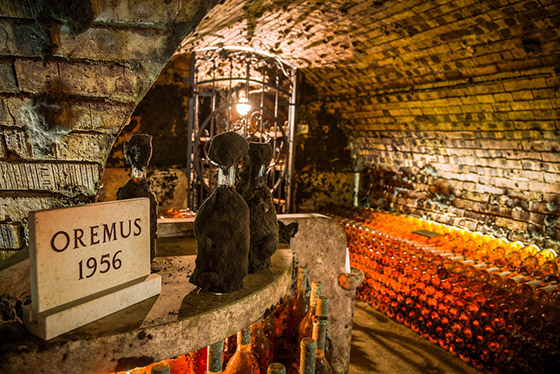
Currently, Oremus is working on its fine-tuning. There’s no further need for large investment, their own cooper dries and toasts the wood, and makes their barrels, they are researching the best Furmint clones on their lands, they are monitoring the wines’ bottle maturation and showcasing the wine region’s grandeur through the Oremus wines.



